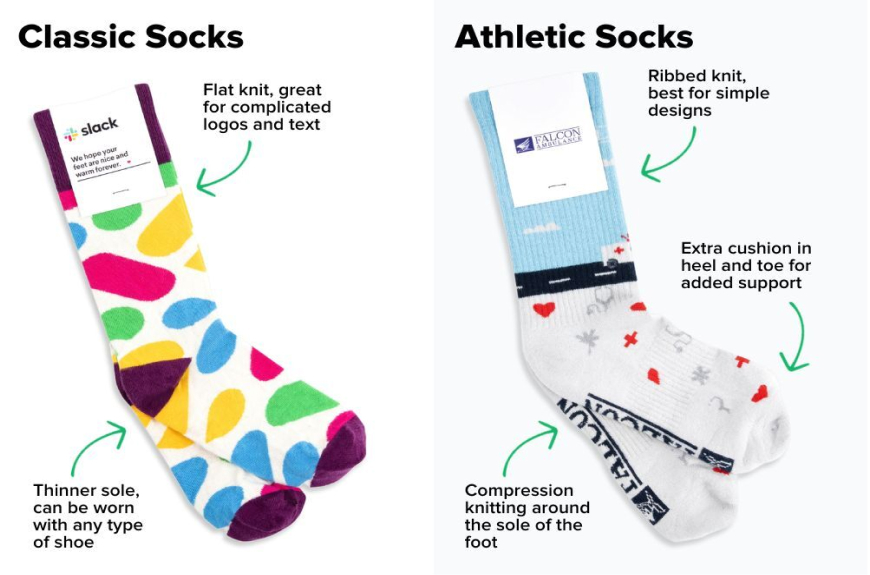Blisters can be a real pain, especially for hikers, runners, and athletes. One unconventional method that's gained traction in recent years is the practice of wearing two pairs of socks, commonly known as "double socking." But does this technique really help prevent blisters, or is it just another outdoor myth? Let's dive into the world of double socks and explore their potential benefits and drawbacks.
The Theory Behind Double Socking
The idea behind wearing two pairs of socks is that it creates an additional layer of protection between your foot and your shoe. Proponents of this method claim that the friction occurs between the two sock layers instead of between your skin and the sock, potentially reducing the likelihood of blisters forming.
Benefits of Double Socking
One of the main advantages of double socking is increased cushioning. The extra layer can provide additional comfort, especially during long hikes or runs. This added padding can be particularly beneficial for those with sensitive feet or when breaking in new shoes.
Another potential benefit is improved moisture management. The inner sock can help wick sweat away from your skin, while the outer sock absorbs and disperses the moisture. This can help keep your feet drier, which is crucial in preventing blisters caused by excessive moisture.
Potential Drawbacks
While double socking can be effective for some, it's not without its drawbacks. One concern is that wearing two pairs of socks might make your shoes feel tighter, potentially leading to discomfort or even restricting blood flow to your feet. This is especially important to consider if you're planning a long hike where your feet might swell.
Additionally, some argue that double socking can actually increase heat buildup in your shoes, potentially leading to more sweating and, ironically, a higher risk of blisters. It's essential to choose the right combination of socks if you decide to try this method.
Choosing the Right Socks
If you're interested in trying double socking, it's crucial to select the right socks. Many hikers and runners prefer to use a thin, moisture-wicking sock as the inner layer and a thicker, more cushioned sock as the outer layer. Some brands even offer specialized double-layer socks designed specifically for this purpose.
For those who prefer a single layer but still want the benefits of moisture-wicking and cushioning, high-quality athletic socks can be a great alternative. These socks often incorporate advanced materials and designs to provide optimal comfort and blister prevention.
Is Double Socking Right for You?
The effectiveness of double socking can vary from person to person. Some hikers and runners swear by this method, while others find it uncomfortable or unnecessary. As with many aspects of outdoor gear and techniques, it often comes down to personal preference and what works best for your individual needs.
If you're curious about double socking, it's worth experimenting on shorter outings before committing to this method for a long hike or race. Pay attention to how your feet feel and whether you notice any reduction in blisters or hot spots.
Wrapping Up
Double socking is just one of many strategies for preventing blisters during outdoor activities. While it can be effective for some, it's not a one-size-fits-all solution. The key is to find what works best for you through trial and error. Whether you opt for double socks, specialized hiking socks, or other blister prevention techniques, the goal is to keep your feet comfortable and blister-free on all your adventures.


